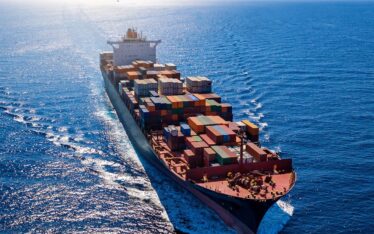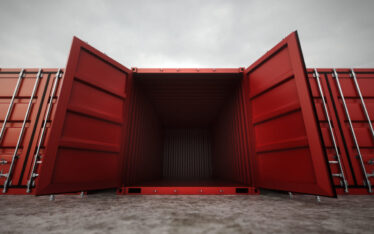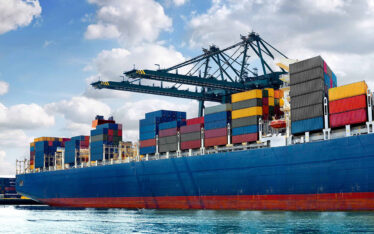Economical status of Canada is currently experiencing one of its fastest growth rates since 2014. Canada’s open-market system has allowed it to sustain high economic competitiveness all over the world. Its market trade forms a massive 65% of its total Gross domestic product (GDP). With that being said, ocean freight to Canada plays a significant role in achieving a fast-growing economy.
When you start to ship freight at high volumes, it’s time to consider sea freight. Here is your guide to everything ocean, from choosing the model that’s right for you to calculate costs and transit times.
Related article: 5 Advantages of Sea Freight Services over Air Freight Services
What is Ocean Freight Transport?
Ocean freight transport is one way of shipping goods by the sea via shipping containers. Ocean freight is considered the most common mode of transport that every importer and exporter use. In fact, almost 90 percent of everything is shipped via sea freight.
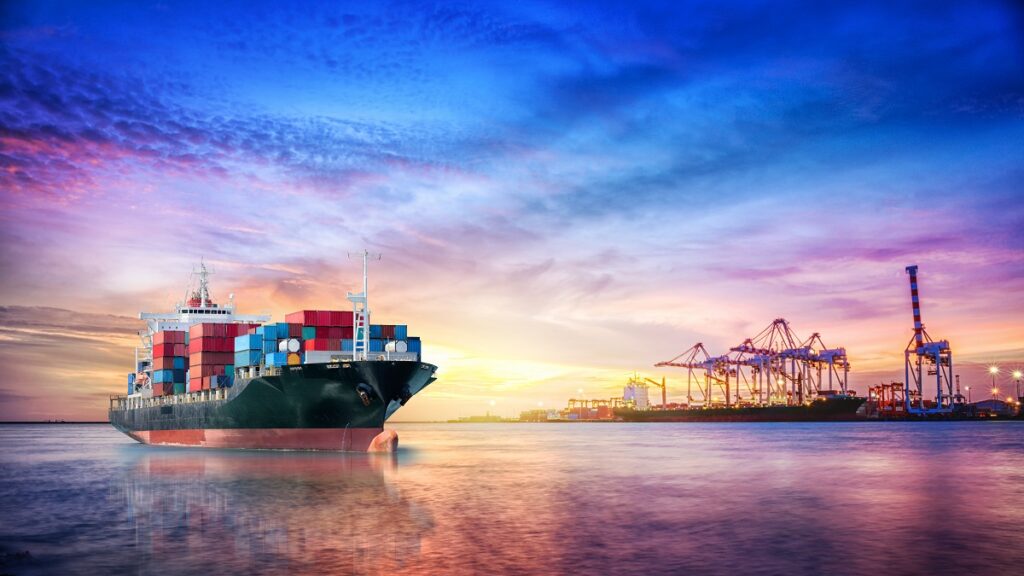
There are also other international freight transport modes which include courier, standard air freight, express air freight. These international freight transport are all fast but are more expensive. If you have smaller shipments or products with a high value, you can consider choosing these international freight transport modes.
Why Choose Sea Freight Over Other Methods of Shipping?
- Capacity and Value – For every one container, you can hold 10,000 bottles of beer. Aside from its big capacity, sea freight is also way cheaper than other shipping methods. Since any shipment/product weighing more than 500 kg is too expensive for air freight, you can choose sea freight.
- Fewer restrictions – International law, national law, carrier organization regulations and individual carrier regulations all play their part goods restrictions. They are all responsible for defining and restricting what goods are considered dangerous for transport.
Typically, more products are restricted in air cargo than the sea freight. These good restrictions include all things flammable, using gases, toxic or corrosive items, magnetic substances, oxidizers and biochemical products. When you choose sea freight, you don’t have to worry more about these restrictions.
- CO2 Emissions – CO2 freight emissions from sea freight is lesser as compared with air freight. According to research, 2 tonnes shipped for 5,000 kilometres by sea freight will lead to 150 kg of CO2 emissions, compared to 6,605 kg of CO2 emissions by air freight.
Type of Load for your Ocean Freight Shipping
In sea freight, one of the most important things you need to consider is the type of load you need. You have two options to choose from, it is whether to ship a Less than a Container Load (FCL) or a Full Container Load (FCL). If you need the entire modafinil to buy container, choosing the FCL is the best option to choose from. Choosing a 20-foot or 40-foot FCL will not affect the rate.
The rate still largely depends on the amount of cargo you have. To give you an idea, a 40-foot container carries 21 standard American pallets while a 20-foot container carries only 10. Also, take note that, the standard American pallet measures 47.24 by 39.37 inches.
Opt for an FCL if you think you are going to occupy more than half of the entire container space. This is more cost-beneficial for you and it carries a lower risk of damages and contamination, as well.
On the other hand, if you don’t have that much cargo, an LCL is a good option to go. Besides, sharing container space with other shippers lower the cost of shipping. LCL is recommended if you have durable products that are more resistant to havoc and contamination.
Ocean Freight Shipping Costs to and From Canada
Canada is currently experiencing a significant rise in its growth rates all thanks to its open-market system. In fact, Canada is the 12th largest export economy in the world. All thanks, to Canada’s top exporters, which are refined and crude in petroleum gas, and vehicle parts. Its top imports include cars, delivery trucks, ships, and aircraft.
Ocean freight shipping in Canada plays a very important part of their economy. And, the US is its largest trade partner making up for over half of the country’s import value. If you are planning to get sea freight in Canada to ship abroad, it’s a good choice because they offer affordable cost. Ocean freight shipping costs to and from Canada are ranging from $2,000 to over $3,000.
If you are looking for ocean freight services, Ontario, Container Transport (OCT) offers affordable rates.
Factors Affecting the Overall Cost of Sea Freight Shipping
- Container Freight Station (the consolidation charges, and it applies for LCL only)
- Terminal Handling Charges (charges by the port authority)
- Customs security surcharges (AMS, ISF)
- Accessorial charges (handling hazardous materials, fuel surcharges, storage, etc)
- Customs brokerage
- Pickup and delivery
- Routing charges
- Insurance
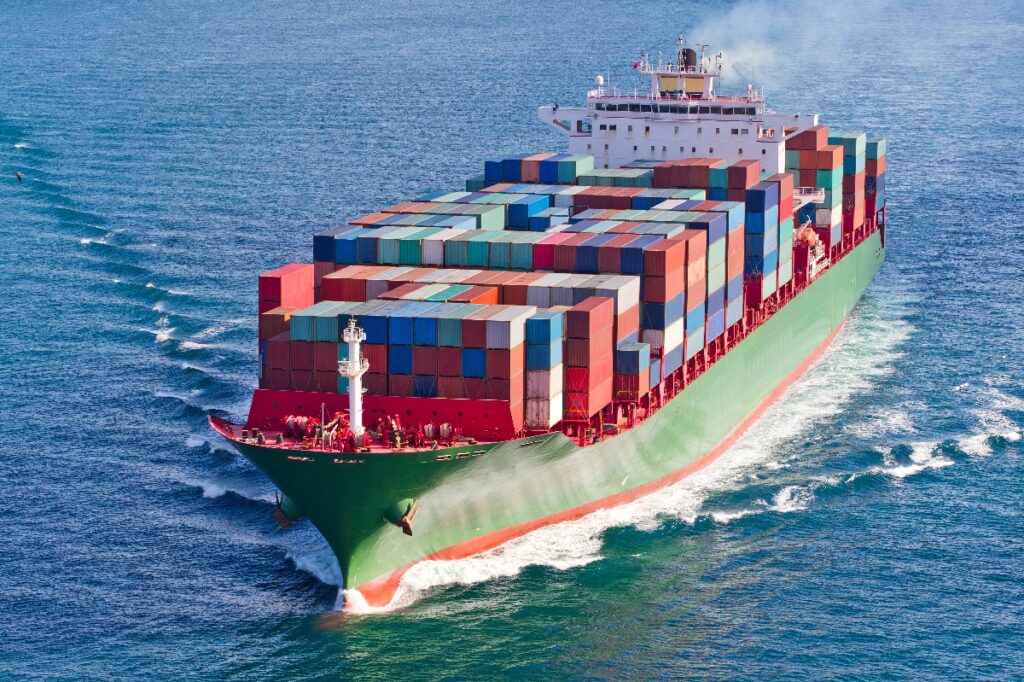
Get a Free Quote Today
Unlike other ocean shipping companies, Ontario Container Transport is not only using a single provider of ocean cargo shipping. For that reason, we are able to use our whole network to serve you. We can provide affordable ocean freight shipping costs, better delivery options and more personalized solutions for your needs.
See what OCT can do for your ocean cargo shipping needs. Call 905-695-1501 and get in touch with our sea freight experts. You can also visit our website and receive a free quote today.
Related article: Which Is Better: Air Shipping vs Ocean Shipping


